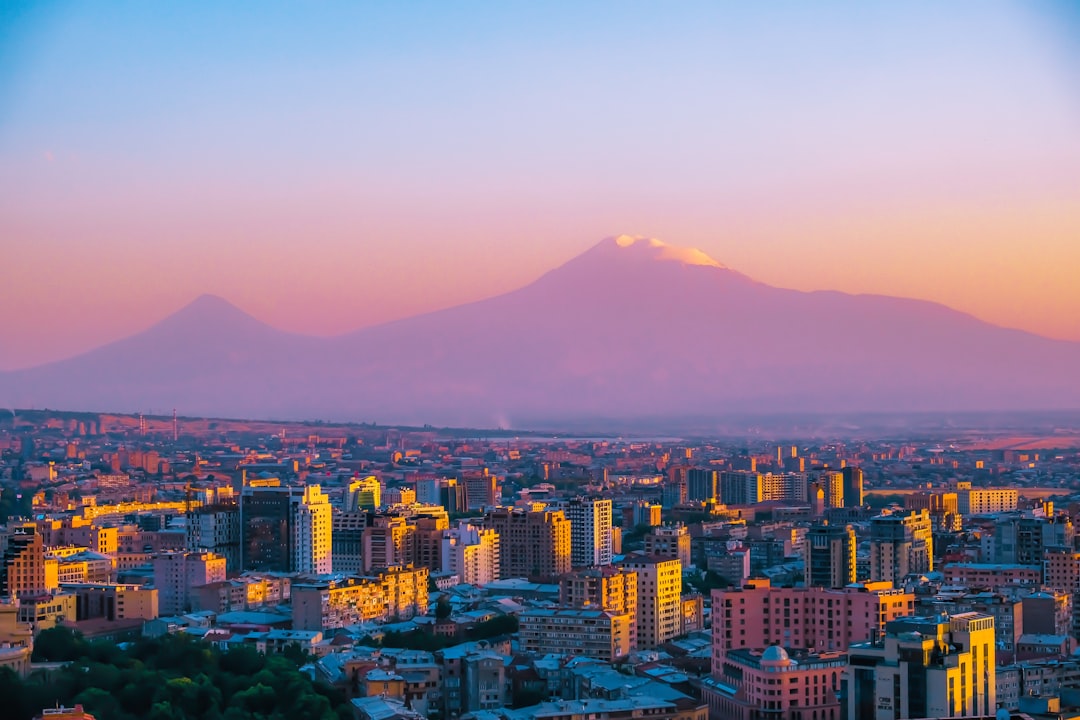Contents
Introduction
Azerbaijan and Armenia – The Story of Nagorno-Karabakh – Part 1
The History
Concluding Remarks
Other News
Bitesize Edition
Last year in September, we saw the majority of the population of Nagorno Karabakh flee after an Azerbaijani military offensive. The region is internationally recognised as part of Azerbaijan but was governed and populated by ethnic Armenians.
To understand issues of the present day, we have to study the path travelled to get us here. Today we’ll explore up to 1936 in the history of this conflict and Armenia, which has a number of key geopolitical powers involved, including Russia, Iran, Turkey, and of course, Azerbaijan and Armenia.
Introduction
Today marks the beginning of a new series where I’ll embark on covering a collection of conflicts existing today between states that will continue into this period of geopolitical uncertainty. Even though global superpower geopolitics will pause in 2024 as domestic issues rise to the surface, these regional conflicts will continue to occur in the background.
There is the potential for peaceful peace deals brokered by the big geopolitical players, but with issues focused more domestically this year, unless the big players want to paint a pretty picture of their global strength and pursuit of a peaceful world, then I wouldn’t expect this to occur.
In the case of the conflict between Azerbaijan and Armenia, as former states in the Soviet sphere, Russia is a relevant part of this story. Armenia also finds itself stuck between many states stronger than it, such as Turkey, Iran, and as mentioned, Russia. Seeing its territory shrink and be subject to Azeri attacks over the last few years, the Armenians have turned to the United States and the West, with France also taking a large role in supporting the Armenians.
More on the current situation in upcoming pieces. For now, let’s explore how we got to the present day in the conflict between Azerbaijan and Armenia.
Azerbaijan and Armenia – The Story of Nagorno-Karabakh – Part 1
Until recently, as with many elements of rising geopolitical tensions in our current age, nobody had heard of Nagorno-Karabakh. Why is the little-known enclave a sign of rising geopolitical tensions?
Keep reading with a 7-day free trial
Subscribe to Geopolitics Explained to keep reading this post and get 7 days of free access to the full post archives.




